Home>Ideas and Tips>Decoding Da Vinci Home Office Design Principles


Ideas and Tips
Decoding Da Vinci Home Office Design Principles
Published: October 18, 2024
Discover how Leonardo da Vinci's design principles can transform your home office into a functional and aesthetically pleasing workspace.
(Many of the links in this article redirect to a specific reviewed product. Your purchase of these products through affiliate links helps to generate commission for Storables.com, at no extra cost. Learn more)
Leonardo da Vinci, the Renaissance polymath, is renowned for his groundbreaking contributions to various fields including art, science, engineering, and architecture. His designs often showcased an uncanny ability to blend functionality with aesthetics, reflecting his deep understanding of human anatomy, mathematics, and the principles of engineering. In this article, we will delve into Da Vinci's home office design principles, exploring how his innovative ideas can be applied to modern home office spaces.
Da Vinci's approach to design was characterized by a holistic understanding of the interconnectedness of art and science. He believed that the principles of design should be derived from nature and human experience. This philosophy is evident in his famous notebooks, where he meticulously documented his observations on anatomy, engineering, and architecture.
One of the central principles of Da Vinci's design philosophy was the emphasis on proportions. His famous drawing, "The Vitruvian Man," illustrates the perfect proportions of the human body inscribed within a circle and square. This work demonstrates his affinity for the Golden Ratio, a mathematical concept that has been used in various forms of art and architecture for centuries.
In the context of home office design, understanding proportions is crucial. It ensures that the space is harmonious and functional. For instance, the placement of furniture should be in proportion to the room's dimensions, creating a sense of balance and flow.
Da Vinci was fascinated by the interplay of light and shadow. He used techniques like sfumato to create soft, hazy effects in his paintings, which added depth and volume to his works. Similarly, in home office design, the strategic use of light can significantly enhance the ambiance and functionality of the space.
Natural light is essential for any workspace. Large windows or skylights can provide ample natural light, reducing the need for artificial lighting. However, when natural light is not available, the strategic placement of lamps and LED strips can create a warm and inviting atmosphere.
Da Vinci's paintings often featured dynamic compositions that balanced motion and stillness. This principle can be applied to home office design by incorporating elements that promote movement and activity. For example, a comfortable ergonomic chair can encourage movement and reduce the risk of prolonged sitting.
Additionally, incorporating plants or a water feature can bring a sense of life and movement into the space. These elements not only purify the air but also create a calming environment that fosters productivity.
Da Vinci's designs for bridges, though never fully realized during his lifetime, offer valuable insights into spatial planning and structural integrity. His double-curvature arch design for the Galata bridge was revolutionary for its time, showcasing his intuitive understanding of geometric equilibrium.
In the context of home office design, understanding spatial planning is crucial for creating an efficient workspace. Here are some lessons from Da Vinci's bridge design that can be applied to home office layout:
-
Efficient Use of Space: Da Vinci's bridge design maximized space by incorporating multiple levels and walkways. Similarly, in a home office, vertical space should be utilized effectively with shelving units or storage cabinets that go up to the ceiling.
-
Structural Integrity: The double-curvature arch design ensured stability and strength. In a home office, structural integrity can be achieved through sturdy furniture and proper anchoring of heavy equipment like desks and bookshelves.
-
Aesthetics and Functionality: Da Vinci's designs often blended aesthetics with functionality. In a home office, this means choosing furniture that is both stylish and functional. For example, a desk with built-in cable management can keep the workspace organized while also adding to its aesthetic appeal.
Parametric modeling is a technique used in architecture to create digital models of buildings based on mathematical equations. This method allows for the creation of complex designs with precision and flexibility.
In home office design, parametric modeling can be used to create custom furniture pieces or modular systems that fit specific needs. For instance, a parametrically designed shelving unit can be customized to fit any room size or shape, ensuring maximum storage efficiency.
Da Vinci's notebooks are not only a testament to his ingenuity but also provide valuable insights into technical writing. His detailed descriptions of natural phenomena and mechanical devices demonstrate his ability to communicate complex ideas clearly.
In the context of home office design, technical writing skills are essential for documenting design decisions and communicating with contractors or suppliers. Here are some tips from Da Vinci's notebooks on how to approach technical writing:
-
Clarity: Da Vinci's writings were characterized by clarity and precision. When documenting design decisions, it's crucial to be clear about the purpose and functionality of each element in the space.
-
Organization: Da Vinci's notebooks were organized systematically, with each entry building upon previous ones. In home office design documentation, organizing information systematically ensures that all stakeholders have a comprehensive understanding of the project.
-
Details: Da Vinci was meticulous about details, often including sketches and diagrams in his notebooks. Similarly, including detailed sketches or CAD drawings in home office design documentation can help avoid misunderstandings and ensure that the final product meets expectations.
While Da Vinci lived centuries ago, his principles remain relevant today. Here are some modern applications of his design principles in home office design:
-
Sustainable Design: Da Vinci's emphasis on natural materials like wood and clay aligns with modern sustainable design practices. Using eco-friendly materials not only reduces environmental impact but also creates a healthier indoor environment.
-
Ergonomics: Da Vinci's fascination with human anatomy led him to design furniture that was both comfortable and functional. Modern ergonomic chairs and desks are designed to reduce strain on the body, promoting better health and productivity.
-
Technology Integration: Da Vinci's inventions often incorporated mechanical devices that enhanced functionality. In modern home offices, integrating technology seamlessly into the design can significantly enhance productivity. Smart lighting systems, automated storage solutions, and wireless charging stations are just a few examples of how technology can be integrated into home office spaces.
Leonardo da Vinci's home office design principles offer a wealth of insights into creating functional and aesthetically pleasing workspaces. By understanding the importance of proportions, the role of light and shadow, and incorporating elements that promote movement and activity, we can create home offices that not only inspire creativity but also foster productivity.
Moreover, applying parametric modeling techniques and adhering to principles of technical writing can ensure that our designs are both precise and communicative. As we continue to evolve in our understanding of design principles, it is essential to draw inspiration from the Renaissance master who so eloquently bridged art and science.
In conclusion, Da Vinci's legacy in home office design is one of innovation and functionality. By embracing his principles, we can create spaces that not only reflect our personal style but also enhance our professional lives.
Was this page helpful?
At Storables.com, we guarantee accurate and reliable information. Our content, validated by Expert Board Contributors, is crafted following stringent Editorial Policies. We're committed to providing you with well-researched, expert-backed insights for all your informational needs.


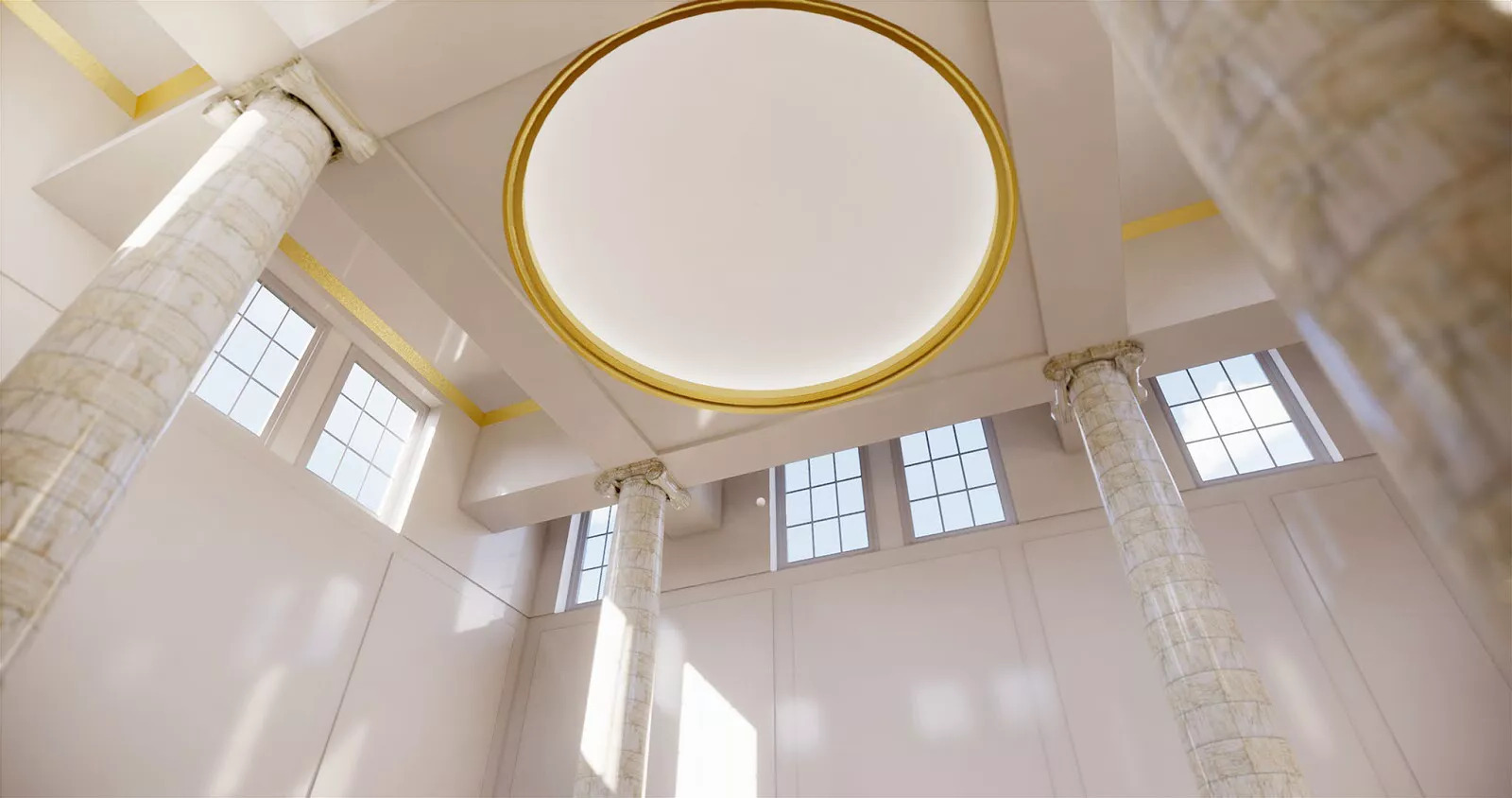
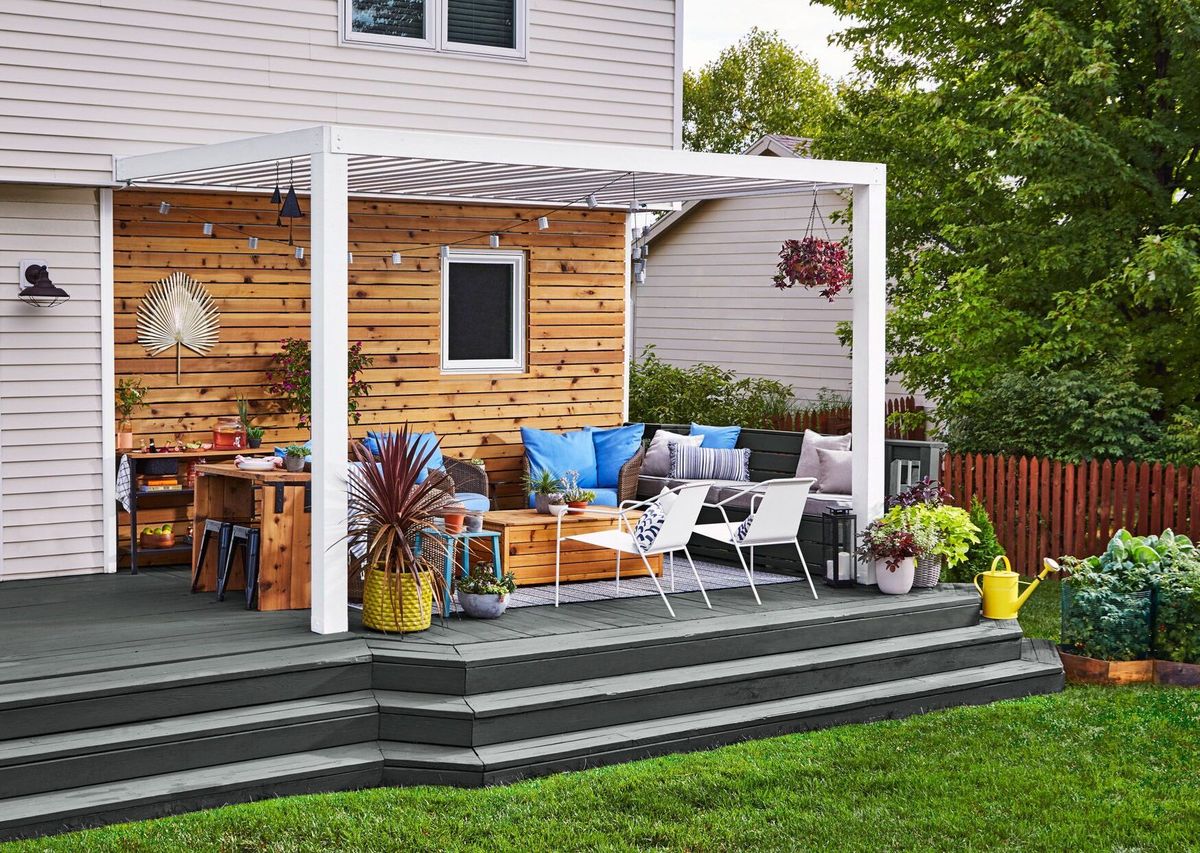
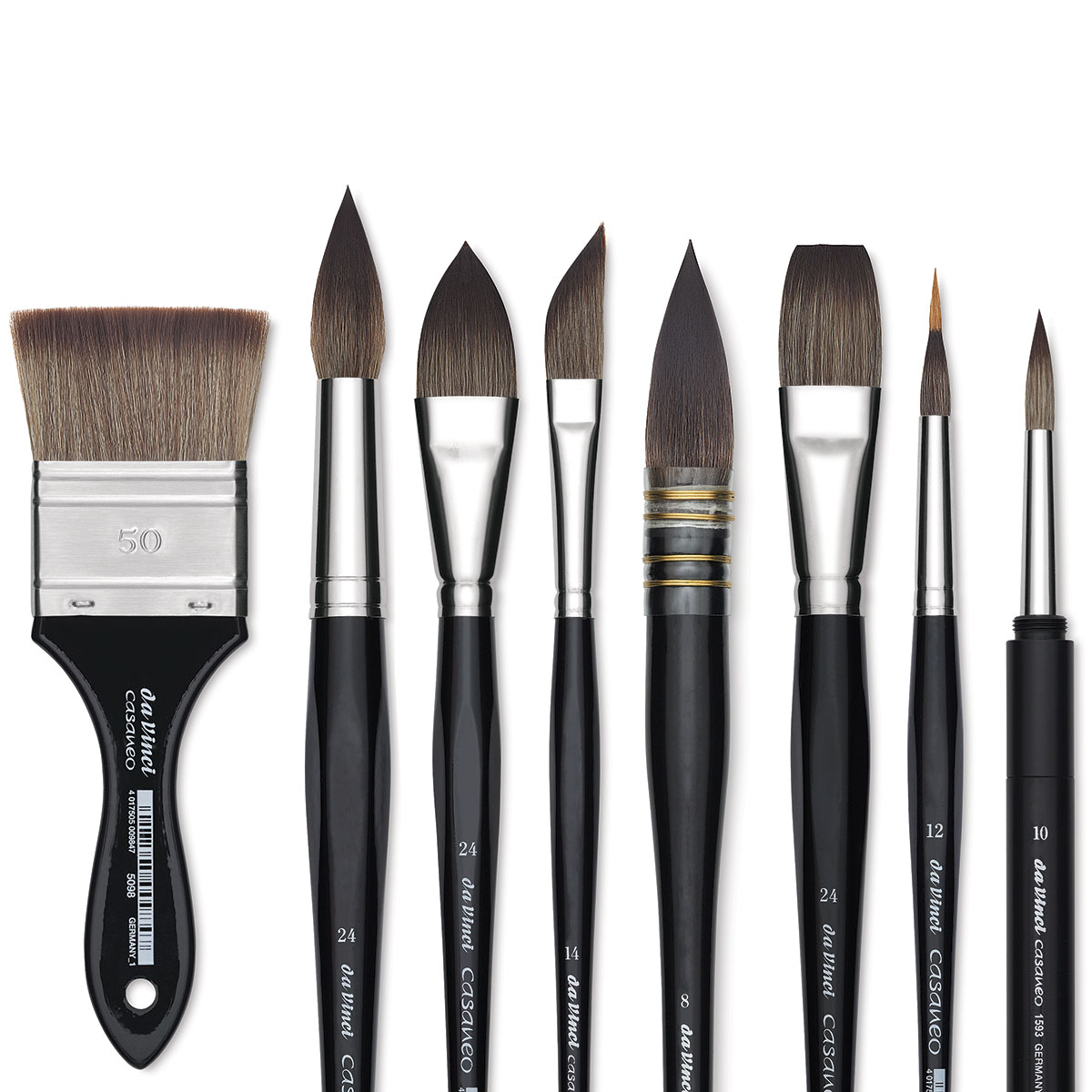
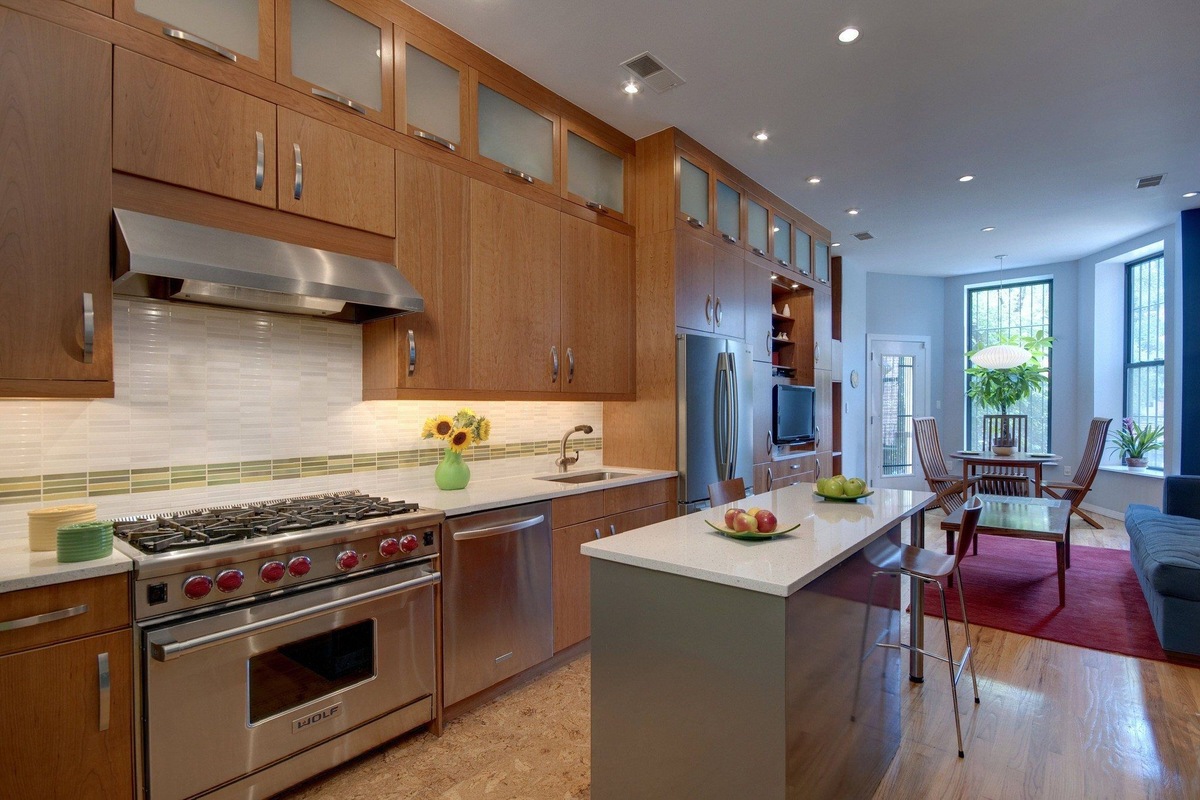



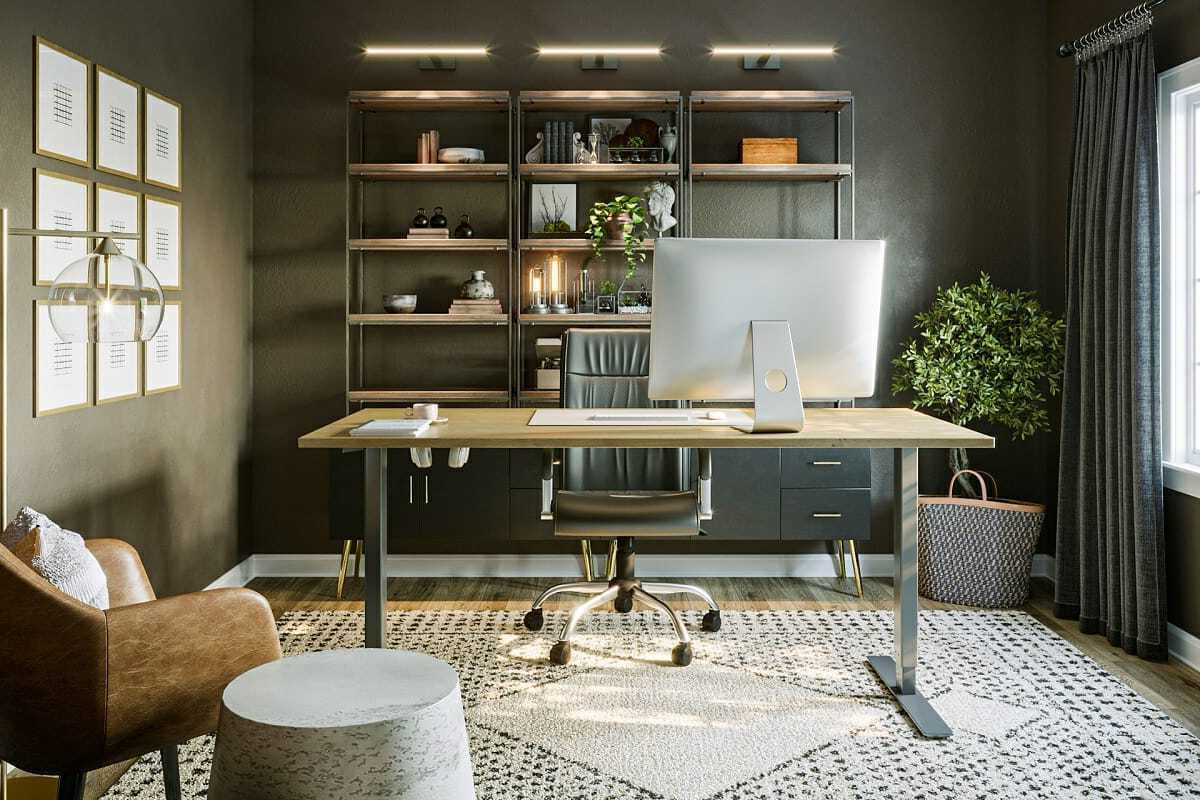
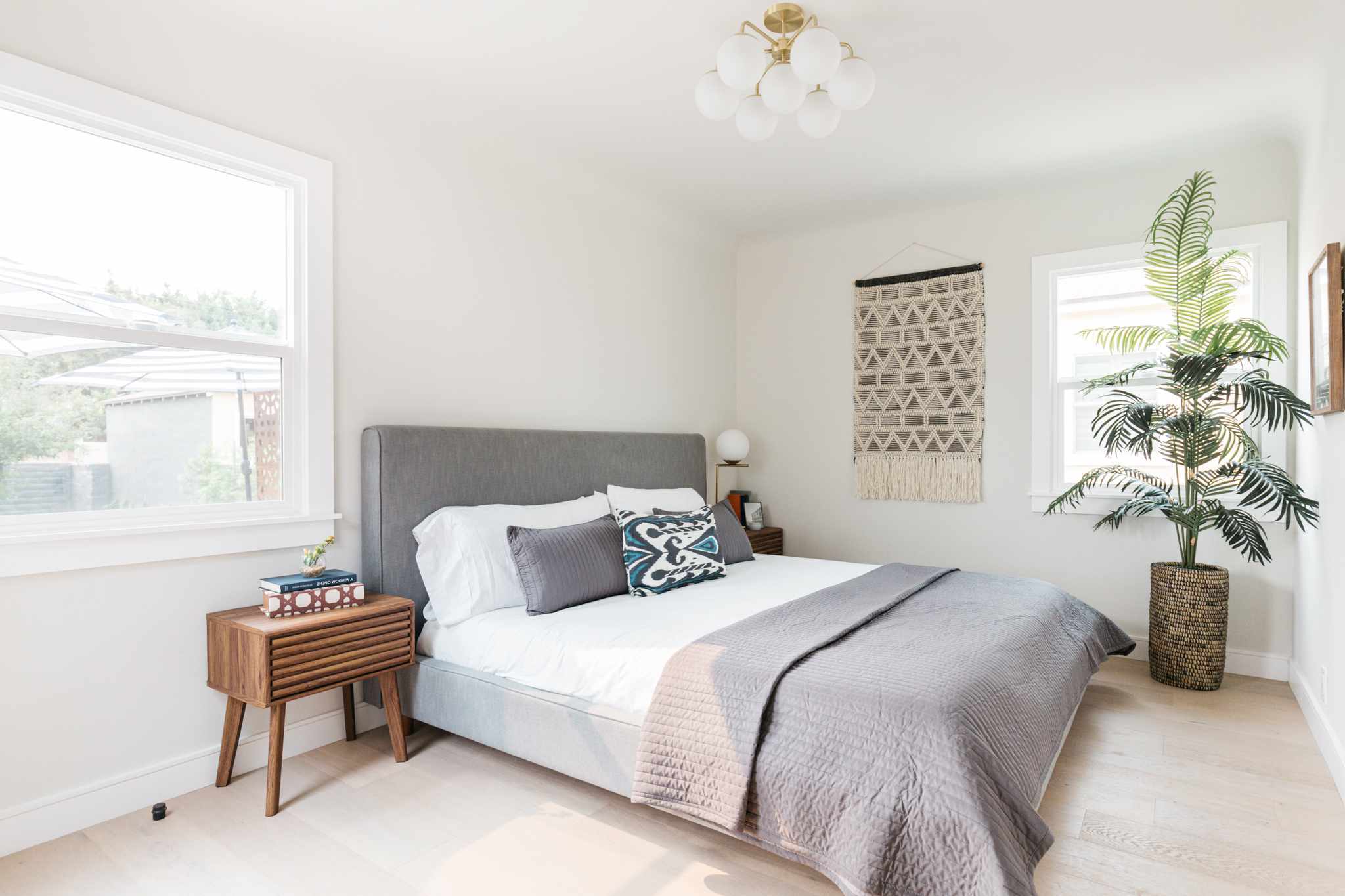
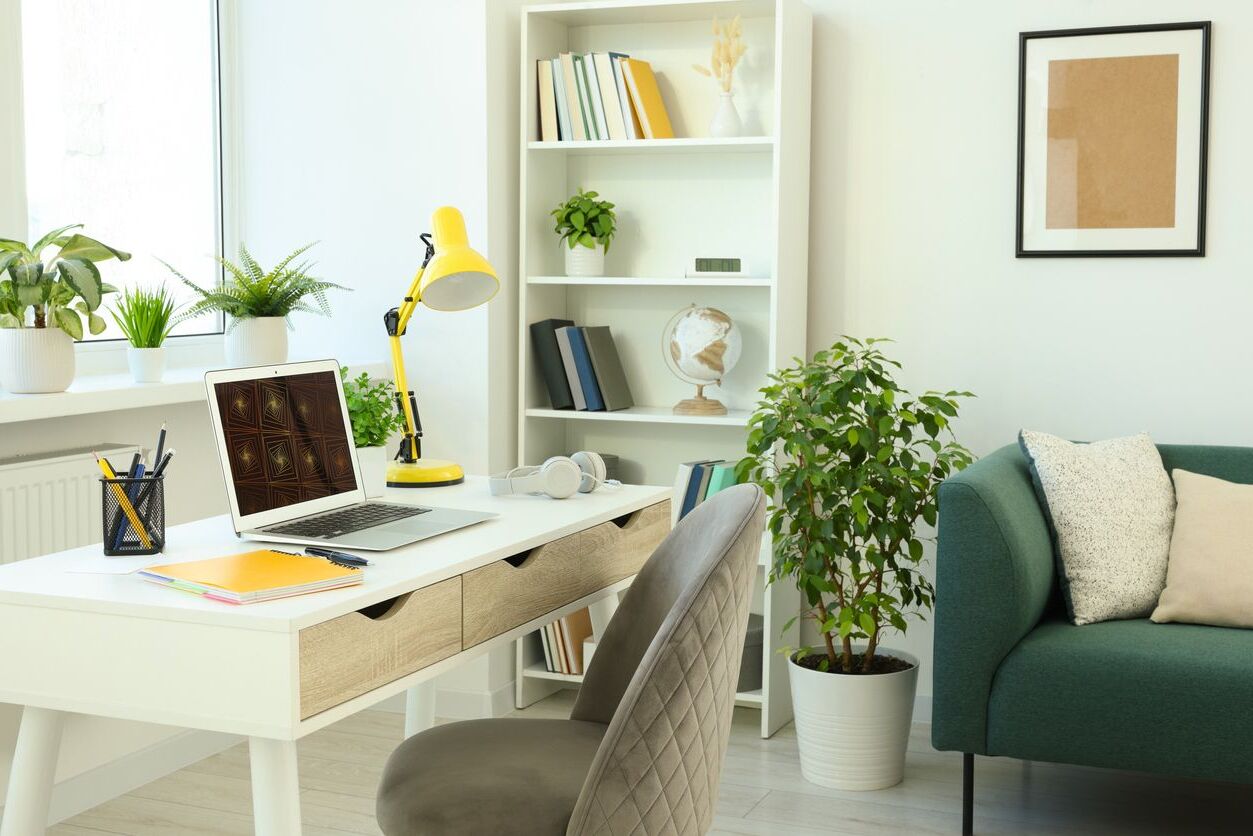
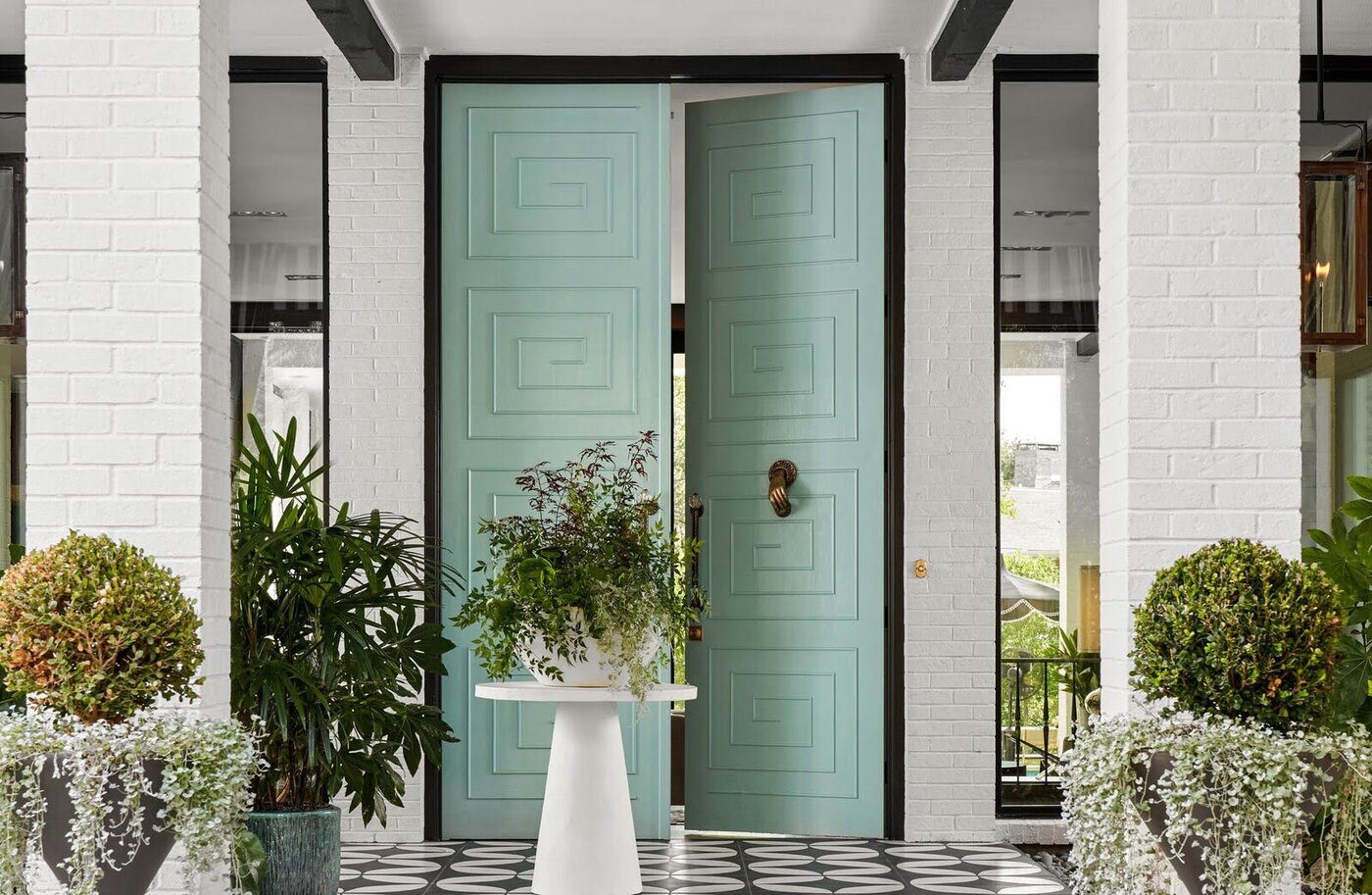
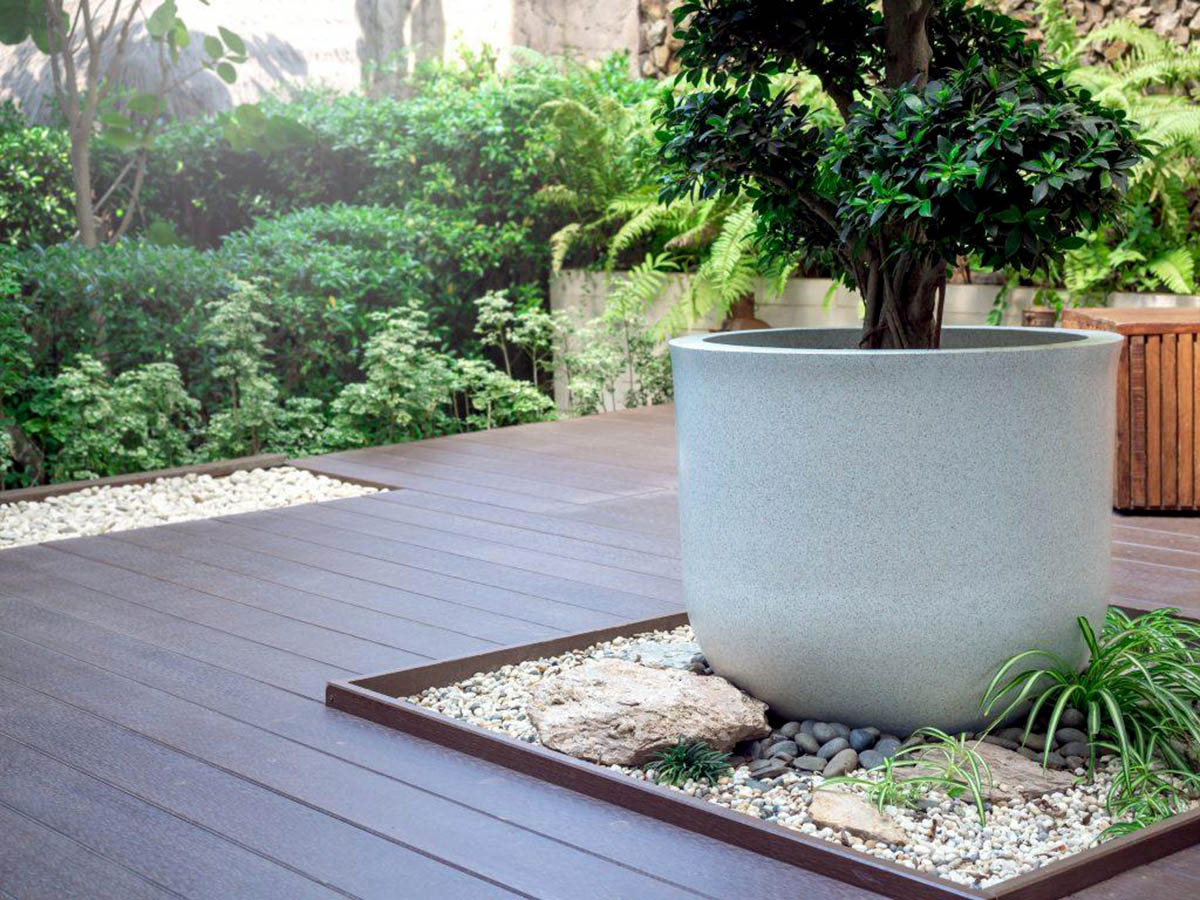
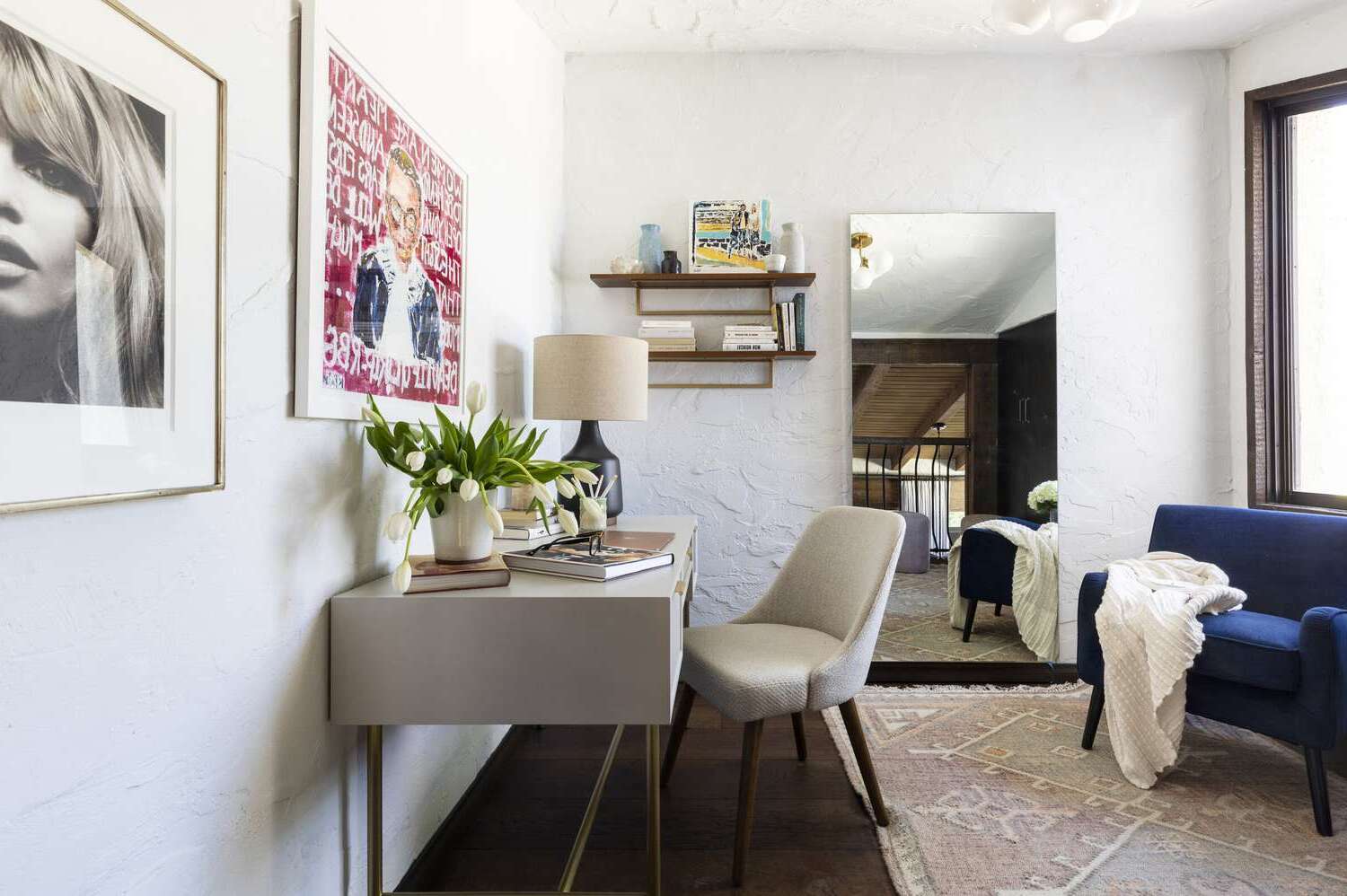
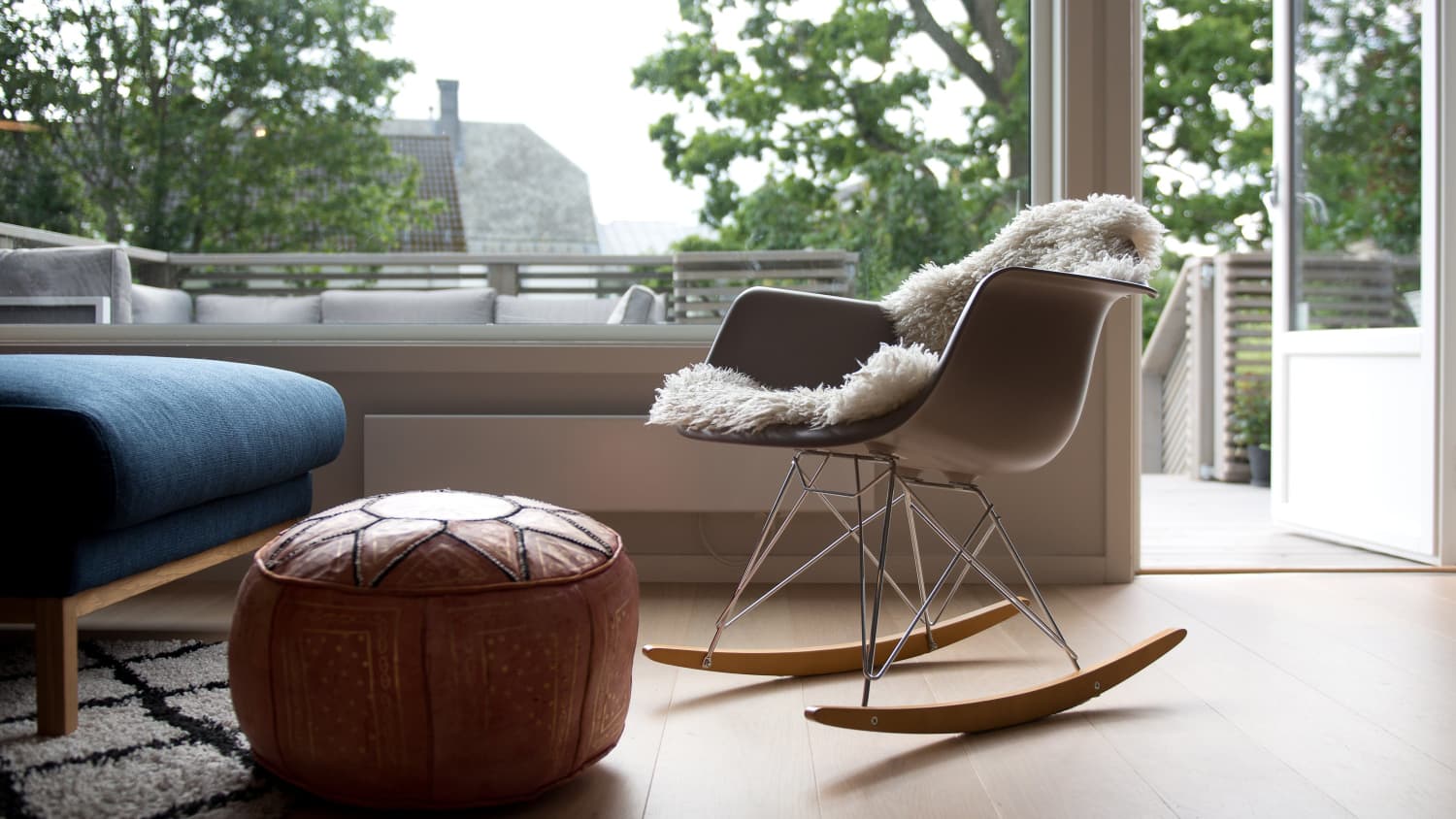

0 thoughts on “Decoding Da Vinci Home Office Design Principles”